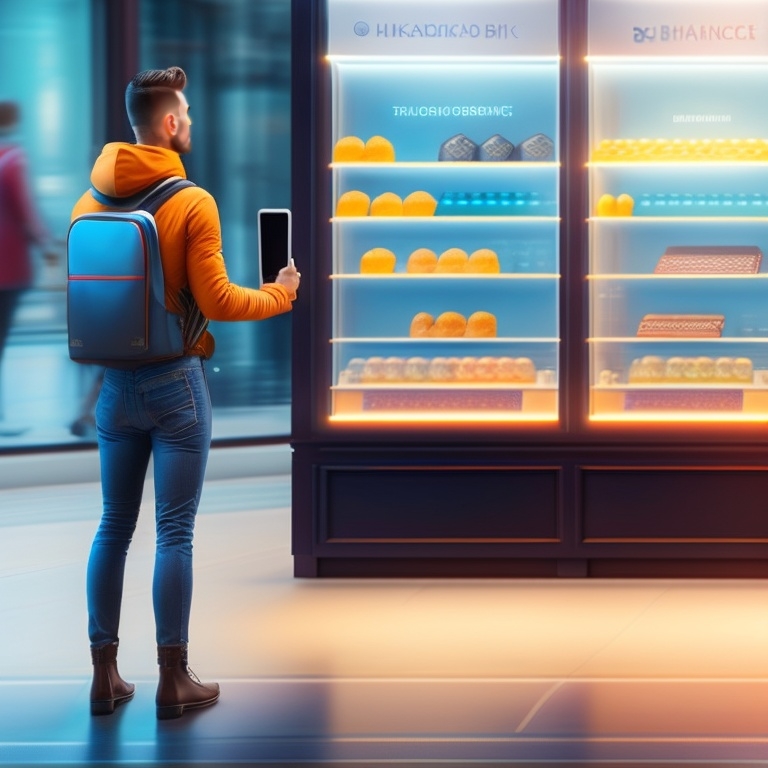Table of Contents
The retail sector is undergoing a significant transformation, with artificial intelligence (AI) and analytics playing a vital role in shaping the future of this dynamic industry. AI-driven solutions are empowering retailers to make data-driven decisions, enhance customer experiences, and optimize various aspects of their operations. In this article, we will explore how AI analytics is revolutionizing retail through three critical areas: space management, waste management, and video analytics.
Space Management
Effective space management is crucial for retailers to maximize their sales potential, ensure optimal customer flow, and create a visually appealing shopping environment. AI analytics is providing retailers with new tools and insights to help them optimize their space utilization and make better use of their physical locations.
a. Shelf Space Optimization
AI-powered solutions can analyze sales data, customer preferences, and product performance to recommend optimal product placements on store shelves. By placing high-performing items in prime locations and organizing products based on customer preferences, retailers can increase sales and improve the overall shopping experience.
b. Store Layout and Customer Flow
AI analytics can also help retailers optimize their store layout and manage customer flow. By analyzing data from in-store sensors, cameras, and other IoT devices, retailers can identify congested areas, pinpoint potential bottlenecks, and optimize store layout for maximum efficiency. This can lead to improved customer satisfaction and increased sales.
c. Personalized In-Store Experiences
Using AI-driven solutions, retailers can create personalized in-store experiences for their customers. For example, facial recognition technology and computer vision can recognize customers entering the store and provide personalized recommendations or promotions based on their shopping history and preferences. This level of personalization can lead to higher customer engagement and loyalty.
Waste Management
Effective waste management is essential for retailers, as it helps reduce costs, minimize environmental impact, and ensure compliance with waste disposal regulations. AI analytics can play a crucial role in helping retailers manage waste more efficiently.
a. Demand Forecasting and Inventory Management
AI-driven demand forecasting can provide retailers with accurate predictions of customer demand, allowing them to optimize inventory levels and reduce waste associated with overstocking or spoilage. By analyzing historical sales data, seasonal trends, and external factors, AI algorithms can help retailers make informed decisions about inventory management, resulting in reduced waste and improved profitability.
b. Smart Packaging and Product Lifecycle Management
AI analytics can also be used to optimize packaging and product lifecycle management. By analyzing data on customer preferences and purchasing behavior, retailers can develop packaging solutions that reduce waste while meeting customer expectations. Additionally, AI algorithms can monitor product expiration dates and inform retailers about potential waste risks, allowing them to take proactive measures to minimize waste.
c. Recycling and Waste Disposal Optimization
AI-driven analytics can help retailers optimize their recycling and waste disposal processes by analyzing waste data and identifying trends. This information can be used to implement more efficient waste disposal practices, reducing the environmental impact of retail operations and lowering waste disposal costs.
Video Analytics
Video analytics powered by AI is transforming the way retailers monitor and analyze in-store activities. With the ability to process vast amounts of video data in real-time, AI-driven video analytics provides retailers with valuable insights into customer behavior, store performance, and security.
a. Customer Behavior Analysis
By analyzing video footage, AI algorithms can identify patterns in customer behavior, such as dwell times, popular aisles, and frequently visited areas within the store. This information can be used to optimize store layout, product placement, and promotional strategies, resulting in higher customer satisfaction and increased sales.
b. Loss Prevention and Security
AI-driven video analytics can also enhance retail security and loss prevention efforts. By monitoring video feeds in real-time, AI algorithms can detect suspicious activities, such as shoplifting or vandalism, and alert store personnel or security







